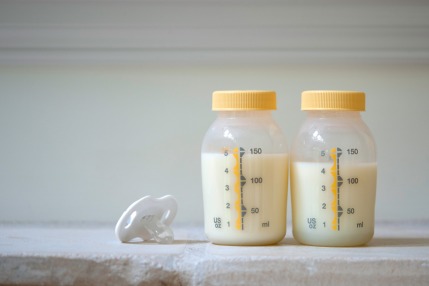Breastfeeding is more than just feeding your baby—it’s about giving them the right nutrition and hydration at every stage of their growth. Did you know that the milk your baby drinks changes during each feeding session? Understanding the difference between foremilk and hindmilk can help ensure your baby gets both the hydration and calories they need.
What Are Foremilk and Hindmilk?
Foremilk is the milk that comes at the start of a feeding session. It’s thin, watery, and rich in lactose, which helps quench your baby’s thirst and provides essential nutrients. While it’s important for hydration, foremilk is lower in fat, so it doesn’t provide as many calories.
Hindmilk, on the other hand, comes later in the feeding. It’s thicker, creamier, and higher in fat, giving your baby extra calories and energy. Hindmilk is crucial for helping your baby feel full and gain healthy weight.
Balancing foremilk and hindmilk ensures your baby gets both the hydration from foremilk and the energy and growth benefits from hindmilk.
Tips to Ensure Your Baby Gets the Right Balance
1. Let Your Baby Finish One Breast First
Instead of switching breasts too quickly, allow your baby to feed fully from one side. This ensures they get to the fattier hindmilk, which often comes after several minutes of feeding.
2. Follow Your Baby’s Cues
Don’t worry too much about timing. Pay attention to your baby’s sucking patterns. Faster, shallow sucking usually indicates foremilk, while slower, deeper sucking signals that your baby is reaching the hindmilk.
3. Avoid Frequent Switching
Switching breasts too often can cause your baby to get mostly foremilk, which may lead to gassiness or frothy green stools. Try to let each breast empty naturally before offering the other side.
4. Pump Wisely
If you pump, remember that milk at the start of a session is foremilk, and milk later is hindmilk. To provide a balanced mix, you can combine milk from different pumping sessions. Storing small amounts together ensures your baby benefits from both.
5. Ensure a Proper Latch
A deep, comfortable latch helps your baby efficiently extract both foremilk and hindmilk. A poor latch can mean your baby doesn’t get the hindmilk, leaving them hungry or fussy. If you have concerns, a lactation consultant can provide guidance.
6. Watch Your Baby’s Growth and Comfort
A baby who is growing well, has regular wet diapers, and seems satisfied after feeds is usually getting the right balance of milk. If you notice unusual gassiness, green stools, or persistent hunger, check with your pediatrician for advice.
Final Thoughts
Balancing foremilk and hindmilk is simpler than it sounds. By letting your baby feed fully, watching their cues, maintaining a good latch, and pumping wisely, you can ensure your baby gets both hydration and nutrition at every feeding. A little attention to how your baby feeds can make a big difference in their comfort, growth, and overall happiness.
















